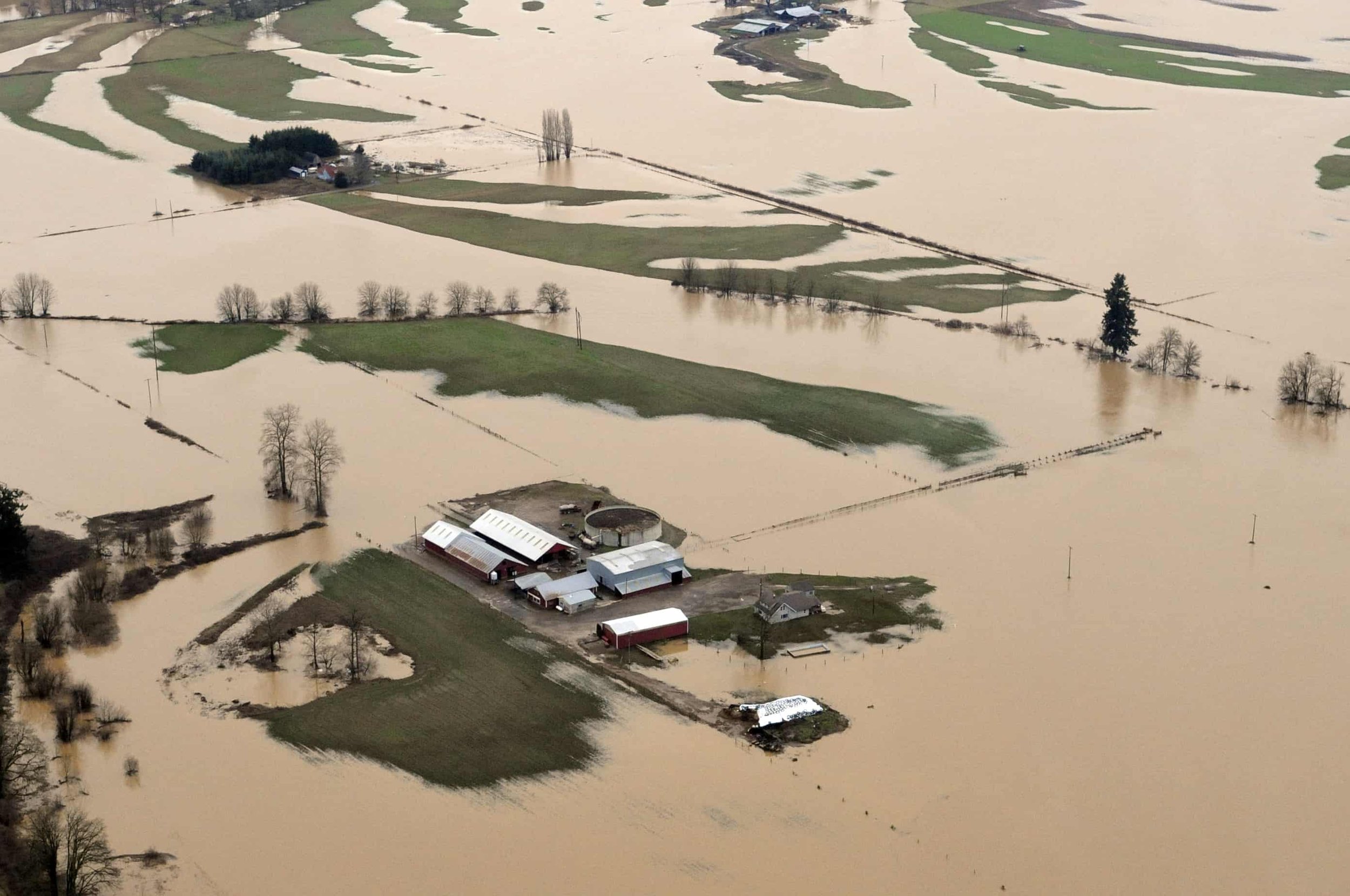The Case for Resiliency
According to NOAA, since 1980, the US has sustained at least 341 weather and climate disaster where the overall damage exceeded one billion dollars. Hurricanes are a combined 1.3 trillion in total damages with an average of 22 billion per event. The other natural disaster in order of costs are drought, wildfires, flooding, freezes, winter storms and severe storms. The South and Southeast regions experience higher frequency of billion dollar disaster than other regions. In 2022 natural disasters cost the US $165 billion dollars.
Despite the evidence – we are ignoring the consequences of building in vulnerable places.
According to the National Institute of Building Science’s research found that mitigation funding can save the nation $6 in future disaster costs, for every dollar spent on hazard mitigation. They also demonstrated that investing in hazard mitigation measures to exceed select building code requirements can save the nation $4 for every dollar.
They estimated that implementing these two sets of mitigation strategies would prevent 600 deaths, 1 million nonfatal injuries and 4,000 cases of post-traumatic stress disorder.
Resiliency is similar to sustainability but there is a difference. Sustainability is reducing a building’s impact on the environment and resiliency is reducing the environment’s impact on a building or community. Generally, sustainability initiatives are add to a building’s resiliency but some resiliency requirements are not as sustainable, especially when they are creating redundancy.
Resilience is about surviving and thriving regardless of the challenge, whether it is a chronic stress or an acute shock. Chronic stresses weaken the fabric of a city on a day-to day or cyclical basis. They include issues such as global warming, poverty, homelessness and aging infra-structure. Acute shocks are sudden sharp events that threaten a community. Often acute shocks are weather related but they can also be human induced such as an act of terror.
Four Kinds of Resiliency:
Climate Resiliency
Architect, Lance Hosey identifies four kinds of resiliency. The first is Climate Resiliency which is reducing the environment’s impact on the building. Depending on the anticipated hazard buildings and landscapes may be protected or hardened against the elements to withstand hurricanes, floods, and fires. Other options include adapting or retreating.
In the case of rising sea levels the options of protecting is building levees or other “hard” methods, accommodating would be raising structures or using “soft” or natural protection measures such as wetlands restoration, and finally retreating would be accomplished by moving or demolishing flood-prone buildings.
This is a huge issue for us because the southeastern US alone represents nearly 70% of the entire projected populations at risk.
Functional Resiliency
The second is Functional Resiliency. This includes the systems where the building is still habitable and functions. Current standards and codes focus on preserving lives by reducing the likelihood of significant building damage or structural collapse from hazards But they generally don’t address the additional need to preserve quality of life by keeping buildings habitable and functioning as normally as possible, what we call ‘immediate occupancy.
Community Resiliency
The third is Community Resiliency which focuses on municipal and neighborhood resources that help people bounce back to normality or better.
The National Institute of Standards & Technology’s Community Resilience Planning Guide for Buildings and Infrastructure Systems (Guide) provides a practical and flexible approach to help all communities improve their resilience by setting priorities and allocating resources to manage risks for their prevailing hazards.
Aesthetic Resiliency
The fourth is Aesthetic Resilience which is best described by the Senegalese poet Baba Dioum, “In the end, we conserve only what we love.”







